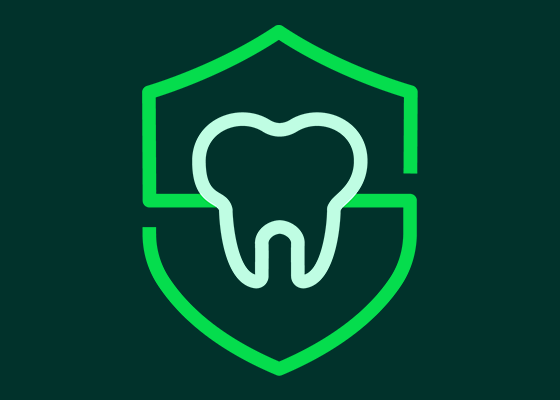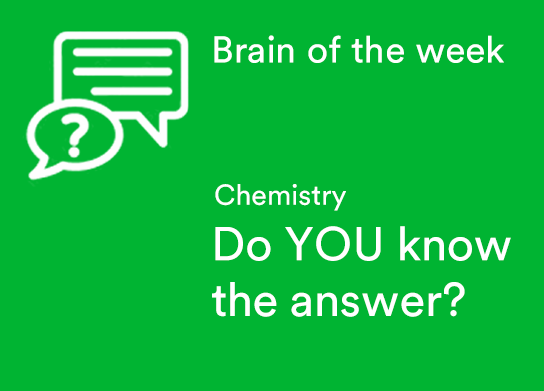Who wrote the reference book “Le chirurgien dentiste” from 1728?
Brain of the Week – History


A look at what effective prevention actually looks like.
Alongside many of the recent advancements made within dentistry – the finessing of materials, the development of technologies – there has also been a shift in mindset to preventative practices. More and more we are hearing about patients living in pain, unable to seek care. It is crucial that, before patients get to this stage, they are supported with information and advice that can reduce the risk of oral diseases. It is a gargantuan task – with an ageing population, along with the caveats to modern life such as poor diet and nutrition, all individuals are at risk of developing oral health issues if the steps are not taken to mitigate them.
A person’s oral health is a good indicator of their overall wellbeing – as a clinician, much can be ascertained from plaque build-up, inflamed gums, and tooth loss. Incidences of poor mineralisation and caries might represent a poor diet and nutrition; while halitosis and bleeding gums represent poor oral hygiene habits. All of these complications can have numerous and bi-directional causes, and patients may express frustration at the condition of their teeth. There are many reasons why some patients are unable to properly maintain their oral cavity, whether due to their oral health literacy, poor childhood oral health, dental anxiety, past trauma or financial constraints.
As you know, the literature explains how oral health and systemic health are intrinsically linked. Periodontitis, in particular, has been linked with Alzheimer’s disease, obesity, eating disorders, diabetes, liver disease, cardiovascular disease and cancer. Oral health is just one part of the bigger picture, but it is a part that patients may not realise is so fundamental. When patients are empowered, with relevant advice and guidance that they understand clearly, they can take the steps to ensure their oral health will not impact their general wellbeing. But one of the hardest aspects of care is communicating to patients and ensuring ongoing, rigorous compliance.
Promoting preventative dentistry takes the effort of every team member, from the dentist to the dental nurses, dental hygienists/therapists and receptionists. With this united front, no matter who patients approach with a query or concern, they will be given consistent information. As a means of communicating effectively, much emphasis is placed on simply listening and understanding each patient as an individual – this is at the core of patient-centred and holistic care. In today’s busy and demanding field, this is easier said than done. But if it marks the difference between a compliant and non-compliant patient, then it is absolutely worth taking the time to connect with them. Through this, you are able to enhance every appointment that your patient attends, reinforcing advice or offering new information.
According to a study, patients do not actually recall as much information and advice that clinicians believe that they do. Further research also suggests that auditory information is not as easily digested as visual information. As such, it is important to determine the method of communication depending on your patient. Young patients may prefer visual aids, or even dental resources tailored to children, like YouTube videos or books. Some adult patients may even appreciate visual aids too, although ones tailored to a more mature audience, no doubt. Getting to the root cause of a patient’s noncompliance, through a careful ear and accessible information, is the first step in preventative care. Alongside appropriate communicative methods, you need high-quality dental materials to ensure you can supplement patients’ own prevention methods. 3M Oral Care (3M Health Care is now Solventum) offers clinicians a range of preventative dental materials, to help you support your patients’ oral health. The portfolio includes the Ketac Universal Aplicap Glass Ionomer Restorative, designed to simplify handling and save time. With this solution, you can appreciate easier placement due to lower stickiness, in addition to self-adhesion and selfcuring capabilities.
‘Prevention is better than cure’ has become the ethos of modern dentistry. Only through the vigorous efforts of the dental team and patients can the burden of oral diseases be alleviated. With tailored communicative efforts and high-quality preventative dental materials, you can ensure that your patients have the tools they need to protect their oral health in the years to come.
References available on request. This article was first published in The Dentist, issue 48, October 2023

Brain of the Week – History

Brain of the Week – Chemistry

Brain of the Week – Fun Facts